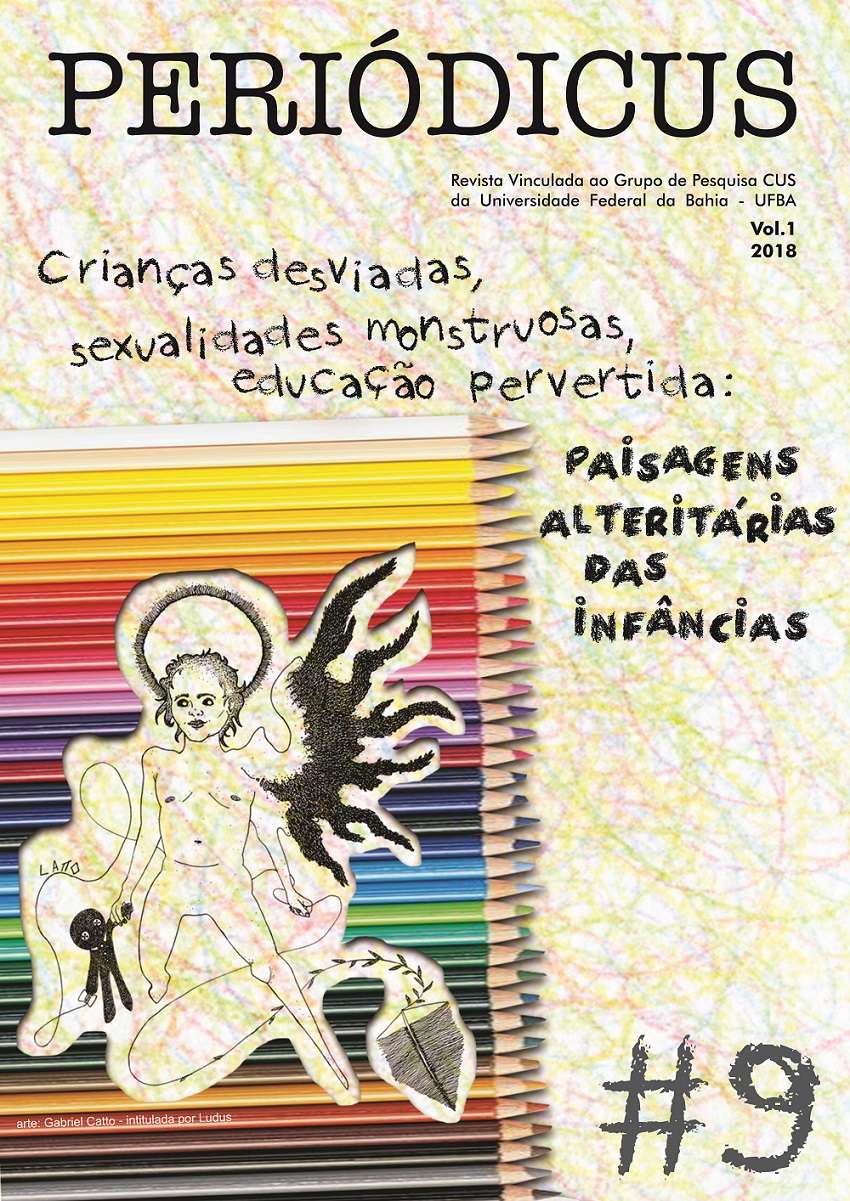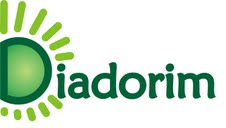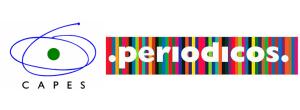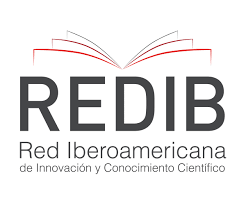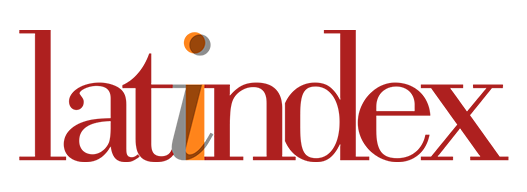Na construção dos corpos: tecendo saberes sobre a Redução de Danos junto a Travestis
DOI:
https://doi.org/10.9771/peri.v1i9.22755Abstract
Vivemos em uma sociedade heteronormativa, que define os padrões de normalidade para a vivência da sexualidade e relações estabelecidas com os corpos. Aqueles que rompem com os padrões vigentes são rotulados e discriminados, entre essas pessoas estão as travestis. Estas promovem procedimentos para adequar seu corpo à expressão desejada, como a ingestão de hormônios e aplicação de silicone industrial. O presente trabalho tem por objetivo construir compreensões sobre as relações estabelecidas entre travestis do interior de SP e agentes de um programa de Redução de Danos. Utiliza-se uma abordagem de cunho cartográfico, através da qual se busca discutir como nos encontros com travestis e Redutores foram sendo construídas tessituras de entendimento de suas experiências, mas também produzindo pequenos esgarçamentos do tecido instituído da heteronormatividade e exclusão, promovendo referências de autocuidado.
Downloads
Downloads
Published
How to Cite
Issue
Section
License
Copyright (c) 2018 Revista Periódicus

This work is licensed under a Creative Commons Attribution-NonCommercial 4.0 International License.
Authors who publish in this journal agree to the following terms:
Authors retain copyright and grant the journal the right of first publication, with the work simultaneously licensed under a Creative Commons Attribution Noncommercial License that allows the work to be shared with acknowledgment of authorship and initial publication in this journal, but prohibits commercial use.
Authors are authorized to enter into separate additional contracts for non-exclusive distribution of the version of the work published in this journal (e.g., publishing in an institutional repository or as a book chapter), with acknowledgment of authorship and initial publication in this journal.
Authors are permitted and encouraged to publish and distribute their work online (e.g., in institutional repositories or on their personal website) at any point before or during the editorial process, as this can generate productive changes and increase the impact and citation of the published work (see The Effect of Open Access).
